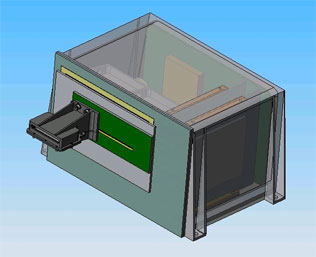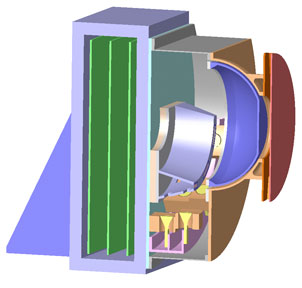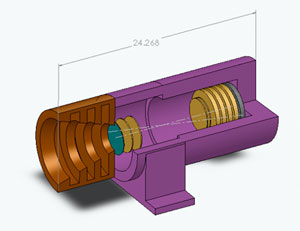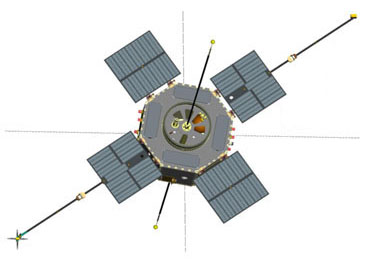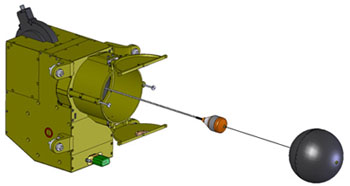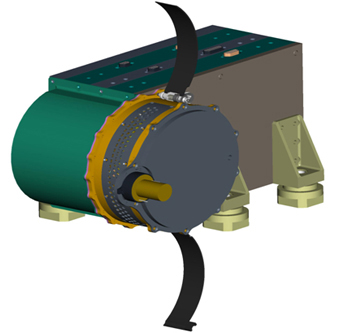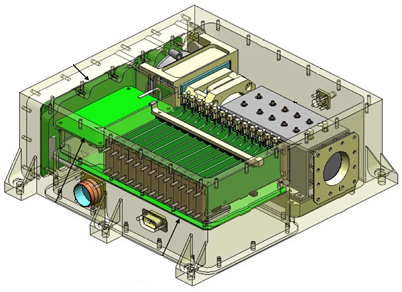Spacecraft InstrumentsOverview
The Johns Hopkins University Applied Physics Laboratory built and operates the twin Van Allen Probes spacecraft for NASA's Living With a Star program.
The Van Allen Probes operate entirely within the radiation belts throughout their mission. When intense space weather occurs and the density and energy of particles within the belts increases, the probes do have the luxury of going into a safe mode, as many other spacecraft must do during storms. The spacecraft engineers designed probes and instruments that are "hardened" to continue working even in the harshest conditions.
The twin probes carry a number of instruments and instrument suites to support five experiments that will address the mission's science objectives. Because it is vital that the two craft make identical measurements to observe changes in the radiation belts through both space and time, each probe carries the following instruments.
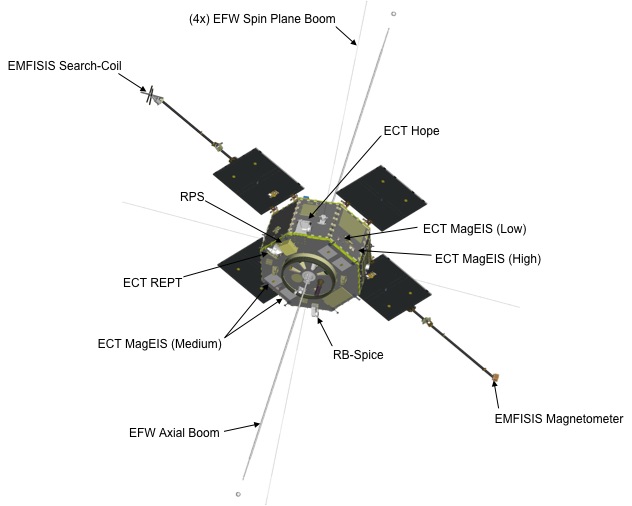
- Energetic Particle, Composition, and Thermal Plasma Suite (ECT)
Principal Investigator: H. Spence, University of New Hampshire - Electric and Magnetic Field Instrument Suite and Integrated Science (EMFISIS)
Principal Investigator: C. Kletzing, University of Iowa, Iowa City - Electric Field and Waves Suite (EFW)
Principal Investigator: J. Wygant, University of Minnesota, Minneapolis - Radiation Belt Storm Probes Ion Composition Experiment (RBSPICE)
Principal Investigator: L. Lanzerotti, New Jersey Institute of Technology - Relativistic Proton Spectrometer (RPS)
Principal Investigator: National Reconnaissance Office
